
views
Pollution levels in Delhi crept up over Sunday night amid a drop in temperature and wind speed as people burst firecrackers in several parts of the city. The city’s air quality index (AQI) stood at 298 at 6 am on Monday, inching closer to the “very poor” category, as the city was yet again shrouded in thick smog.
The national capital on Sunday evening had reported a 24-hour average AQI of 259, the lowest for the day before Diwali in seven years.
Unfavourable meteorological conditions, which allowed accumulation of pollutants, combined with emissions from firecrackers and stubble burning led to the dip in air quality. The number of farm fires rose to 1,318, the highest this season so far.
Nineteen of the 35 monitoring stations in the city recorded air quality in the “very poor” category, while one (Anand Vihar) reported “severe” pollution levels. The neighbouring cities of Ghaziabad (300), Noida (299), Greater Noida (282), Gurugram (249) and Faridabad (248) reported poor air quality.
An AQI between zero and 50 is considered “good”, 51 and 100 “satisfactory”, 101 and 200 “moderate”, 201 and 300 “poor”, 301 and 400 “very poor”, and 401 and 500 “severe”.
System of Air Quality and Weather Forecasting And Research (SAFAR) had earlier predicted that the air quality may deteriorate to “very poor” on Monday morning due to calm winds and low temperatures which allow rapid accumulation of pollutants in the air.
It will continue to remain “very poor” if no firecrackers are burst, it said, however, the air quality may plunge to “severe” levels on the night of Diwali and continue to remain in the “red” zone for another day if firecrackers are burst like last year, SAFAR predicted.
The contribution of stubble burning to Delhi’s PM 2.5 pollution has so far remained low (up to five per cent) due to a slow transport-level wind speed. But, it is likely to increase to eight per cent on Monday.
Gufran Beig, founder project director, SAFAR, said the transport-level wind direction and speed is likely to become “very favourable” for transport of smoke from stubble burning from Monday afternoon.
Delhi’s Air on Diwali Eve Least Polluted in 7 Years, Kejriwal Tweets
Delhi’s air quality index (AQI) on Sunday evening stood at 265, which was the lowest for the day before Diwali in seven years on Sunday, the Central Pollution Control Board (CPCB) data showed.
Last year, the AQI on November 3 (a day before Diwali) was 314. It had shot up to 382 on the Diwali day and 462 the next day. In 2020, Delhi recorded an AQI of 296 a day before Diwali (November 13), while it worsened to 414 on Diwali and 435 the day after.
Delhi CM and AAP chief Arvind Kejriwal, meanwhile, took to Twitter to share a report that stated that Delhi was not listed among the top 10 most polluted cities in Asia. “Some years back, Del was the most polluted city in the world. Not any more!” he wrote.
“People of Del worked v hard. Today, we (have) improved a lot. Whereas we (have) improved, its still a long way. We will continue working hard so that we find a place in the best cities of the world,” he added.
(With PTI inputs)
Read all the Latest India News here











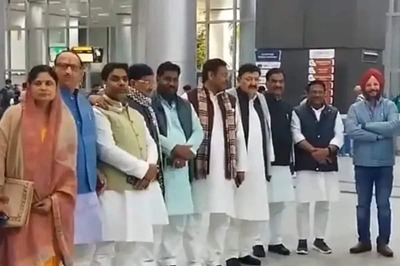

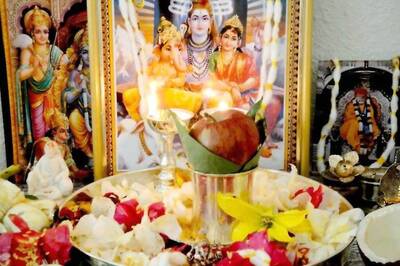
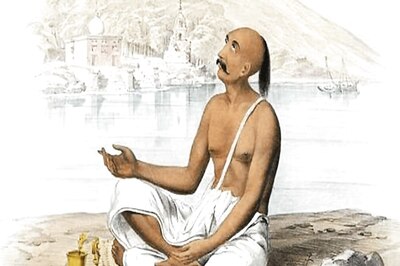

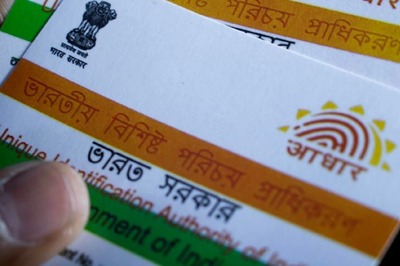

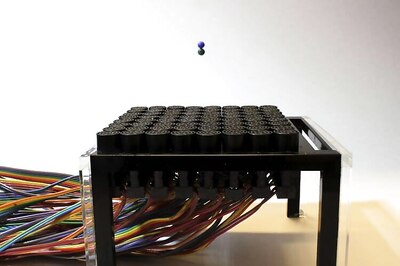
Comments
0 comment